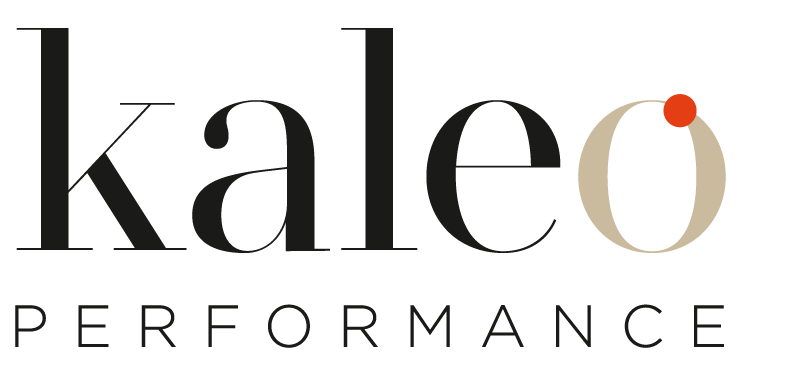what this article is about
In an ever-evolving market landscape, effectively managing the End of Product Life (EOL) is crucial for maintaining competitiveness and profitability. This series of three articles delves into the intricate dynamics of EOL management, offering practical insights and real-life examples to help organizations navigate this challenging process successfully.
Introduction
In today’s fast-paced market, companies often find themselves needing to manage an End of Product Life (EOL) sooner than anticipated. Factors such as market changes, declining sales performance, or unforeseen technological advancements can all necessitate this critical decision. Throughout this series, I will explore the complexities of EOL management, focusing on the foundational building phase, the execution phase, and the subsequent closure. Each article will provide actionable strategies and real-world examples to illustrate effective approaches to EOL challenges.
Article 1: Introduction and Triggers of EOL
This article will introduce the concept of EOL management, underscoring its significance in today’s business landscape. We will discuss:
– Why Trigger an Anticipated End of Life?: Delving into various factors like poor performance, market evaluation, and portfolio resilience that may lead to considering an EOL.
– EOL Management Prerequisites: Highlighting essential elements required before rolling out an EOL plan, including business case development, terminology agreements, and the establishment of governance structures.
Article 2: EOL Plan Setup and Execution
In the second article, we will examine the structured approach to creating an EOL plan, emphasizing:
– EOL Plan Setup Phase: Key components such as category management, sales and market analysis, supply chain management, customer support strategies, communication strategies, and legal considerations.
– Transition from EOL Plan to Execution: Discussing the sign-off process, milestones, performance metrics, and the importance of governance during execution.
Article 3: EOL Execution and Closure: Lessons Learned
The final article will focus on lessons learned during the EOL process, covering:
– EOL Execution Steps: Highlighting order processing, customer support management, and communication tracking throughout the EOL phase alongside finance and resource management.
– EOL Program Closure: Reflecting on insights related to pricing strategies, competitive disruption, and the need for continuous innovation. We will also explore how to leverage these lessons to prevent future EOL situations.
I invite you to share your thoughts and experiences related to EOL management as you read through each article. Together, let’s navigate the complexities of EOL effectively!
Introduction and Triggers of EOL
Introduction
In today’s fast-paced market, companies often find themselves needing to manage an End of Product Life (EOL) sooner than anticipated. Factors such as market changes, declining sales performance, or unforeseen technological advancements can necessitate this critical decision. In this article, I will explore the complexities of EOL management, focusing specifically on the triggers that prompt organizations to consider an EOL and the foundational prerequisites necessary for effective management.
Why Trigger an Anticipated End of Life?
The decision to initiate an EOL process can stem from a thorough assessment of the product portfolio. Here are key indicators that might lead to considering an EOL:
1. Poor Performance and Margin Challenges: A product sold with excessive discounts can lead to unsustainable financial performance. In my experience, a specific product suffered from negative margins for three years, making it impossible to recover costs even through service sales. This clear indication called for a termination of the product line.
2. Market Evaluation: Understanding the long-term trends of the product family, as well as market size evolution and growth drivers—such as digital acceleration and hybrid work—should inform the decision to end the product’s life. Evaluating the Compound Annual Growth Rate (CAGR) over the next several years can clarify whether there is potential for future growth or if a decline is more likely.
3. Portfolio Resilience: I have found it crucial to explore growth adjacencies and alternate sources of growth rather than focusing solely on existing products.
EOL Management Prerequisites
Before proceeding with an EOL plan, it is essential to establish a strong foundation:
1. Business Case Development:
A compelling business case, often signed under NDA by a restricted team, is critical. This ensures confidentiality and credibility in the decision-making process.
2. Terminology Agreement:
Having clear definitions for terms like End of Life, End of Sales, and End of Support helps avoid ambiguity among stakeholders.
3. Program Setup and governance:
Establishing a dedicated program with defined workstreams is essential.
Establishing a Dedicated Program:
– Identify Program Contributors:
– Assemble a dedicated team responsible for executing the EOL plan. This team should comprise individuals from various functions such as product management, marketing, sales, customer support, finance, and operations. These contributors will bring diverse perspectives and expertise to the program.
4. Define Decision-Making Levels:
– Implement a tiered governance structure with three levels to support decision-making and facilitate effective communication across the organization:
a. Executive Governance:
– Purpose: This level focuses on overarching strategy and alignment with business goals.
– Responsibilities:
– Ensure alignment of the EOL program with broader business objectives
– Review and approve the program scope and strategic direction
– Provide oversight on program status and identify potential risks
– Composition: Composed of senior executives, such as the Chief Product Officer, Chief Financial Officer, and Chief Marketing Officer.
b. Cross-Functional Review Board:
– Purpose: This level is responsible for evaluating the progress of each workstream and resolving issues that may arise.
– Responsibilities:
– Conduct regular status updates for each workstream, discussing current progress, risks, and challenges
– Address and resolve operational escalations and resource management concerns
– Facilitate collaboration between departments to ensure cohesion and alignment
– Composition: Includes representatives from each workstream as well as key stakeholders from related business functions.
c. Workstream Management Teams:
– Purpose: This level manages the day-to-day execution of tasks within each workstream.
– Responsibilities:
– Monitor individual workstream progress; assess status and manage risks
– Develop and refine project plans to ensure aligned resource allocation and timing
– Report any significant issues or resource constraints to the Cross-Functional Review Board for resolution
– Composition: Led by designated workstream leads, including team members responsible for specific tasks associated with the EOL.
Conclusion
Understanding the triggers that lead to an End of Product Life decision and establishing a robust management framework are critical for navigating this complex process. Through careful evaluation of performance metrics, market conditions, and organizational strategy, companies can make informed decisions that not only mitigate risks but also position them for future growth.
I invite you to share your thoughts and experiences related to EOL management as you read through this article and the upcoming pieces in the series. Together, let’s navigate the complexities of EOL effectively!
In the next article, we will look at the structured approach to creating an EOL plan and highlight the key components necessary for successful execution.

